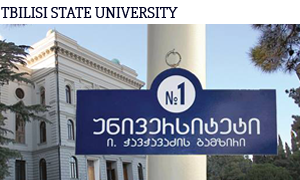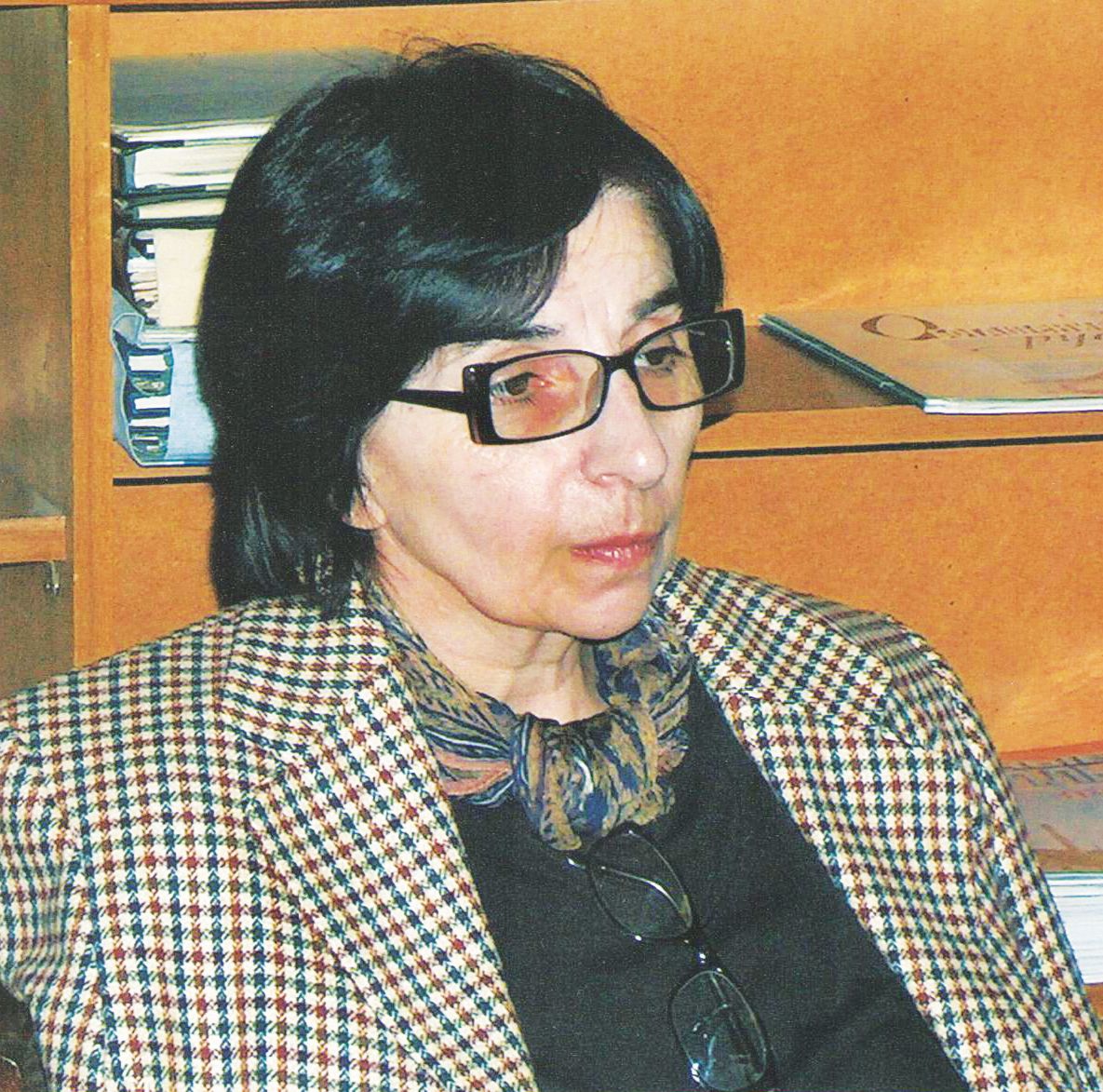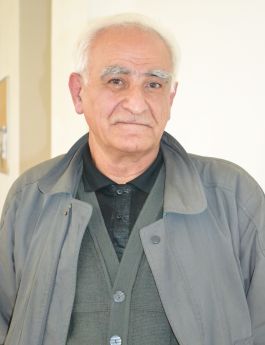
Evaluating the Possibilities for Methane Extraction from Tkibuli-Shaori Coal Seams
Studying the existing coalfields and gas deposits available in Georgia has been a principal activity for TSU’s Caucasian Aleksandre Tvalchrelidze Institute of Mineral Resources. Apart from the economic significance of methane, it presents a hazard for local populations if not correctly managed. The tragic incidents of 2011-12 that took the lives of more than 20 miners as a result of methane explosions in a Tkibuli coal miners have shown it is essential to undertake further research. Between 2010 and 2012, with financing by the Shota Rustaveli National Science Foundation, the Institute carried out a geological and economic evaluation of gas in the Tkibuli-Shaori coal seams to substantiate a rationale and methodology for extraction.
The project supervisor--Dr. Nanuli Aslanikashvili - and her team assessed the materials of the Tkibuli-Shaori fields, and then geologists conducted research on the geological and tectonic structures and the characteristics of coal seams. The team discussed the research results step by step with the appropriate field specialists and carried out microscopic studies on the material-petrographic composition of types of coal. They defined and clarified metamorphism marks and identified physical and mechanical properties, then studied the overall situation of the coal fields to create an optimal plan for restructuration. When methane content was evaluated and best extraction techniques were identified, new technology was studied to permit extraction with environmentally clean, highly economical, non-waste procedures. This was followed by an environmental impact assessment for a thermal power plant operating with Tkibuli coal. The evaluation suggested significant possibilities for the use of modern and environmentally friendly extraction techniques which are low-waste, highly economical and multifunctional.
The researchers recommend using degasification wells for extracting the methane accumulated in coal seams. The recommendation was also based on a detailed study of the Shaori mines, considering their tectonic features and disjunctive dislocations of the rocks. If the recommendations are followed, the economic effectiveness of the coalfields and mine safety will improve significantly. Leading coal producing states have very strict guidelines on the necessity of degasification prior to reconstructing unused coalfields. However despite the efforts of leading Georgian engineers and geologists, no decision had been made on how to extract the methane--and this lack of action ultimately had tragic results.The research team has encouraged the responsible authorities address this urgent issue. These recommendations were taken into consideration by a foreign company operating in Georgia, who may construct several wells at the site of these coal fields.
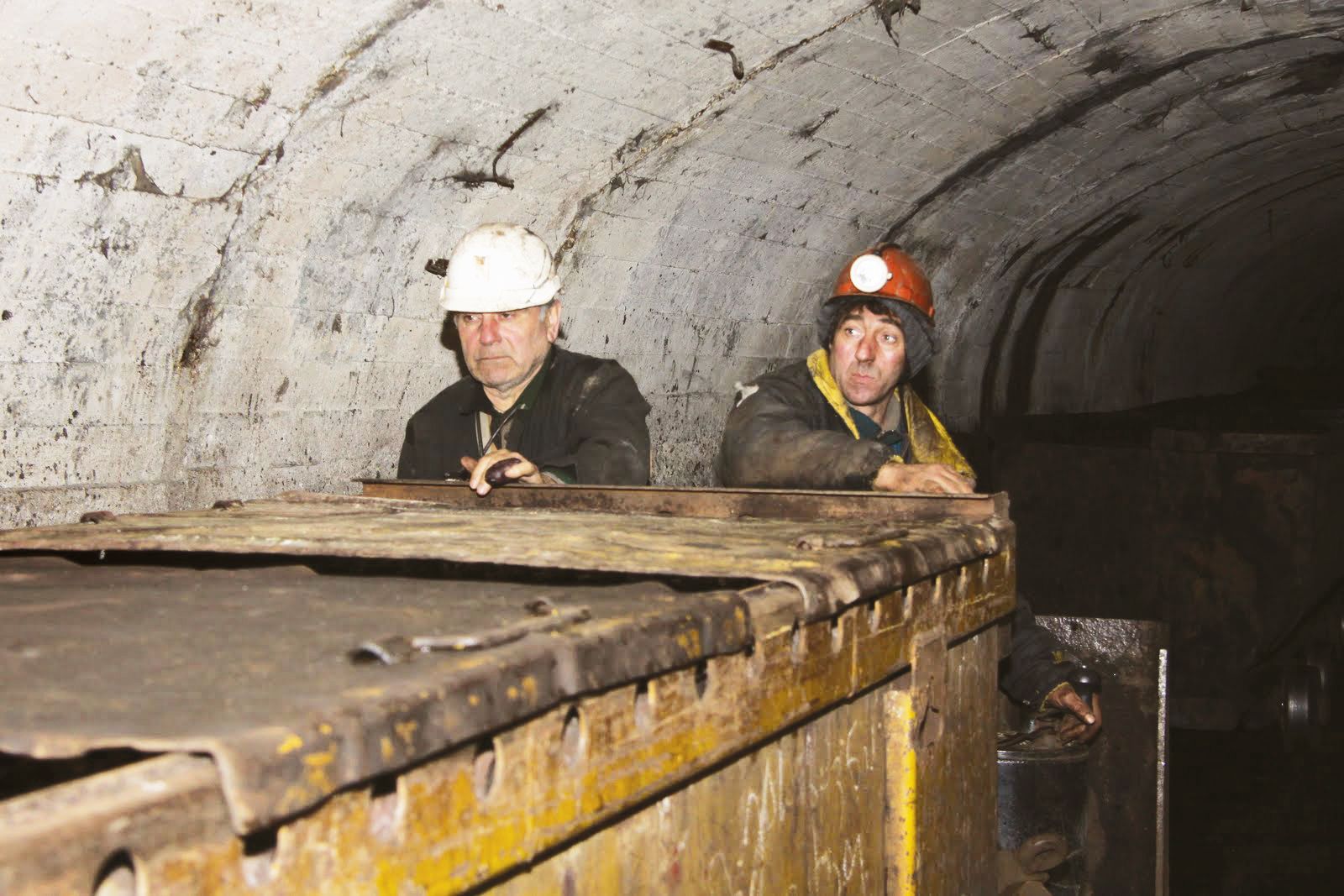
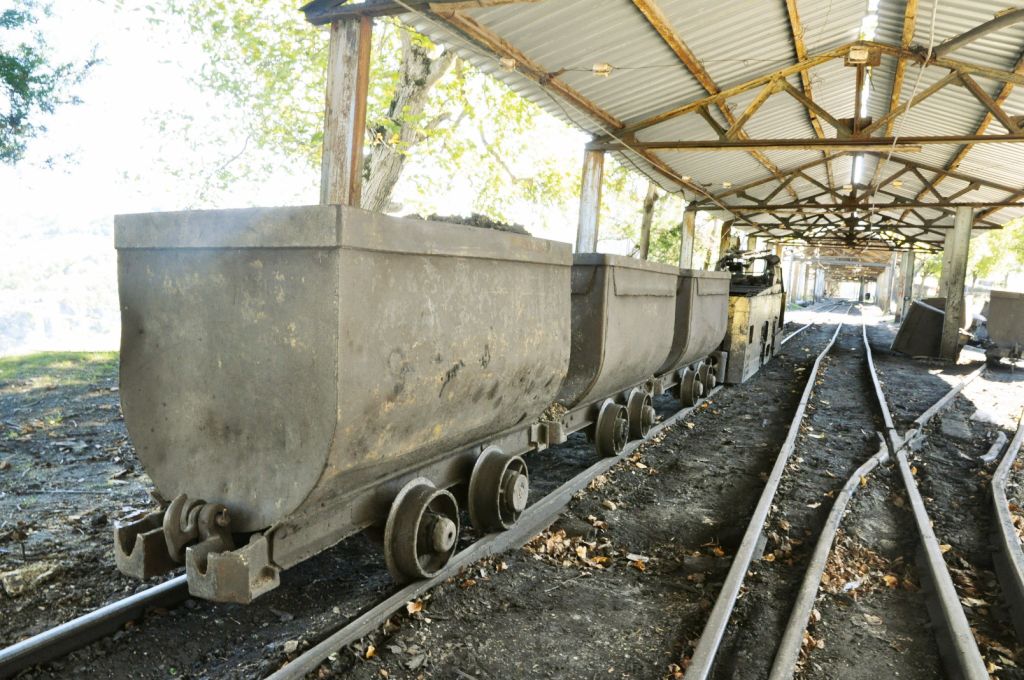
The team calculated that the amount of gas accumulated in coal seams within coal reserves is approximately 6.3-7.0 billion m3. Considering an increase in the amount of gas on deep water horizons, gas deposits can increase up to approximately 10.0 billion m3. As the research confirmed, today the amount of gas extracted is several hundred cubic meters, but most of it disperses. There is sorbed gas left in the seams which can be used industrially, and there is some free gas in collectors and relevant structures that total approximately 60.0 million m3. There is a large amount of gas accumulated in the degasification area--approximately 490 million m3 over 1.4 km2.
It is vitally important to undertake more geophysical studies and build a seismic profile of the area. To design degasification wells effectively the petro-physical parameters of coal seams and rocks must be established as well as the isotopic composition of the gas.
Based on these first research results, further study is needed on specific geological and technical mining issues of the degasification problem. This is why it is essential to divide up the Shaori coalfield and nearby areas into degasification zones, and to evaluate the deposits in separate areas. The spatial distribution of free gas reserves must be identified by boring a parametric well into the Satsalike and Labechini structures in the north of the field.

